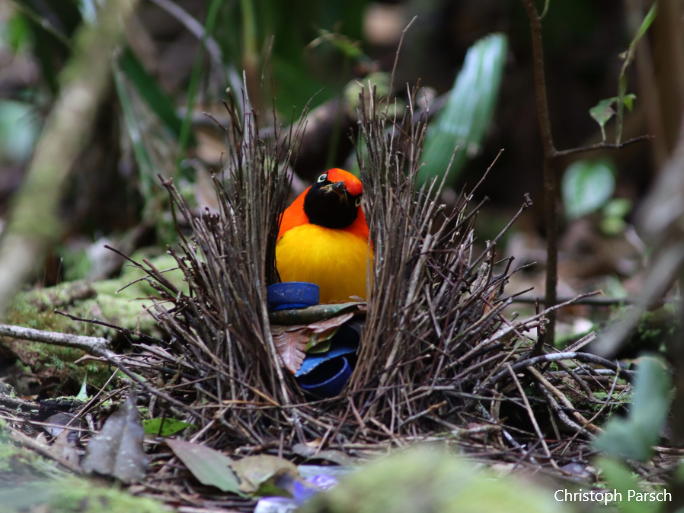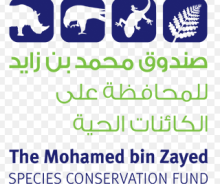
The island of New Guinea is famed for its eye-popping diversity of plants, animals and human cultures. Estimated to host one-tenth of Earth’s species, it’s the world’s second-largest island and has the third-largest intact expanse of tropical forest in the world, after the Amazon and the Congo. It’s where birds-of-paradise perform their effervescent courtship displays, tree kangaroos shimmy up trees to dizzying heights, and the world’s largest butterfly flits between foliage in the forest canopy.
This extraordinary biodiversity is partly the result of centuries of evolutionary isolation at the edge of the western Pacific, where the biota of Asia and Australasia meet. It also comes from powerful tectonic activity that shaped a rugged and mountainous landscape, making many areas difficult for humans to access and develop.
Today, roughly 80% of New Guinea’s forest cover remains intact, sharply contrasting with nearby islands like Borneo, Java and Sumatra, which have seen extensive development and deforestation.
However, experts are increasingly concerned that developers are shifting their focus to New Guinea, which is split roughly in half between Indonesia, which controls the island’s west, and Papua New Guinea, in the east. Major road schemes, industrial logging and agricultural conglomerates pushing biofuel agendas are carving into the island’s ancient landscapes, especially on the Indonesian side.









